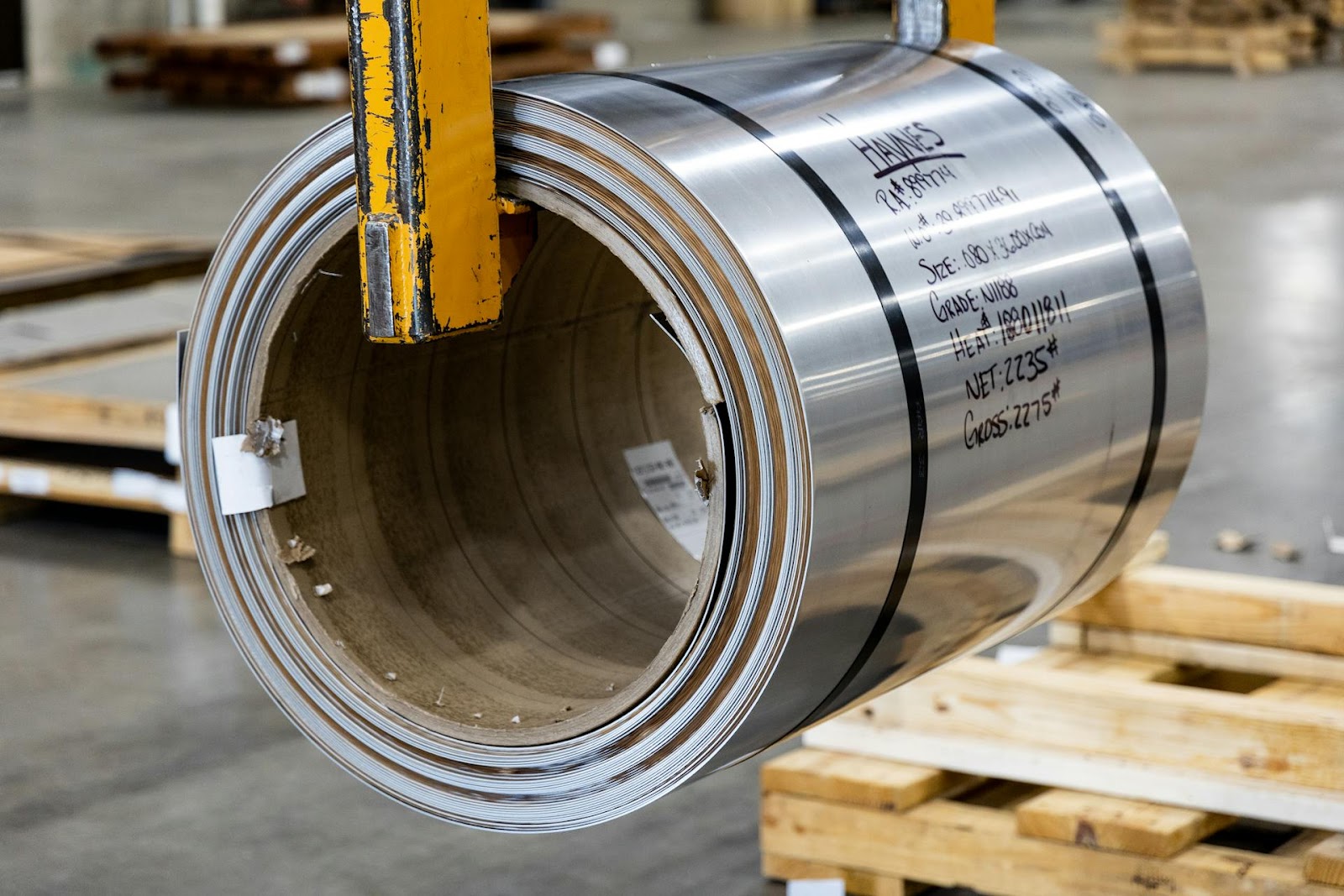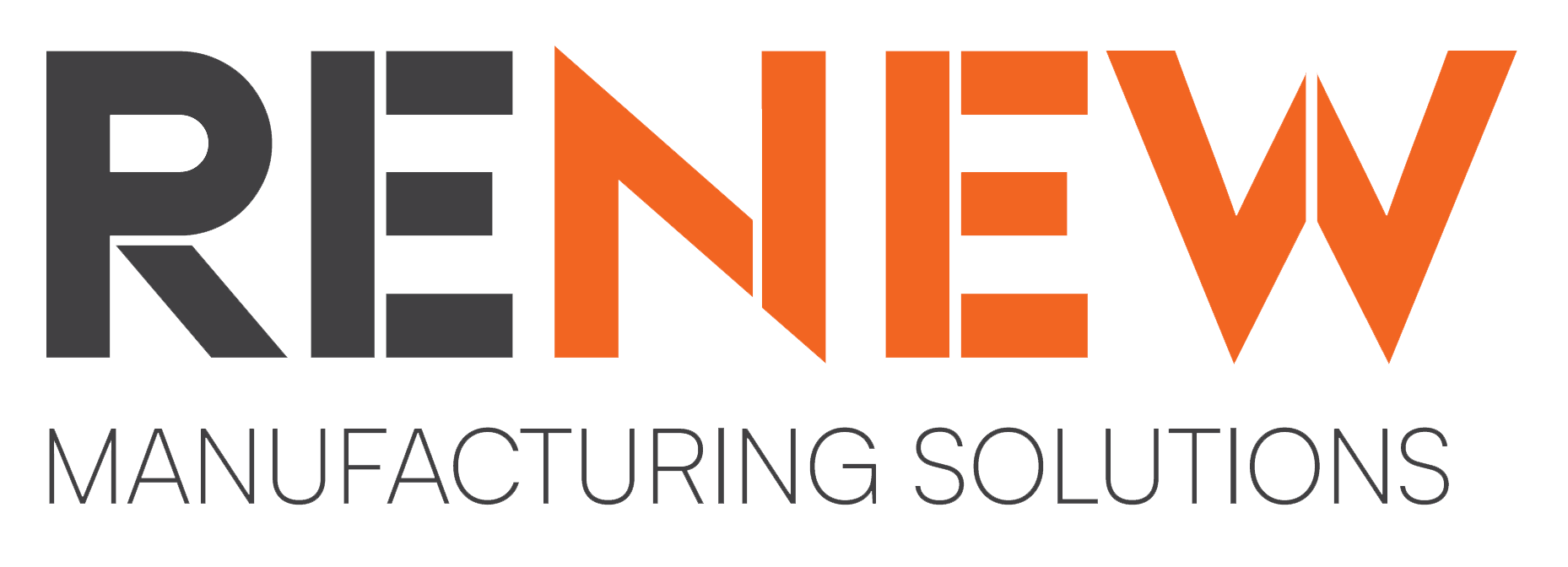The Metal Forming Process: What It Is & How It Works

Metal forming is the part of the metal fabrication process in which sheet metal, tubing, billets, rods, and other metal stock is bent or otherwise deformed to produce structural parts and components. While it can actually encompass a wide range of distinct manufacturing processes, all types of metal forming hold one thing in common: metals are being reshaped into a desired form — which may or may not be a complete, finished part.
Because there are so many subcategories, it can be helpful to understand how to group them. Commercial metal forming techniques can generally be divided by:
- Temperature: hot or cold
- Type of Force: compressive, tensile, shearing, bending, or other forces
Cold vs. Hot Metal Forming
Cold Working |
Hot Working |
|
In the cold working process, metal is reshaped substantially raising its temperature (i.e. typically around or somewhat above room temperature). This requires more force due to the higher strength of cold metal, but can be appropriate in applications where heating the metal would not be cost-effective, time-efficient, or necessary to reduce its strength for forming. Cold working also hardens the metal through strain hardening. |
When metal stock undergoes controlled heat treatment as a part of the metal forming process — typically above 60% of its melting point — the physical and mechanical properties of the stock can be altered to make it easier to reshape. Hot working allows for the creation of more intricate shapes than may otherwise be achievable with cold methods. It can also enhance ductility and wear resistance. |
Metal Forming With Compressive, Tensile, or Other Forces
Compression
Compressive stress means essentially squeezing or pressing a metal to change its shape. Common kinds of metal forming processes that use compression include:
Roll Forming: Strips of metal are fed through a successive set of rollers, incrementally forming the part into a desired cross-sectional shape.
Forging: This hot process involves localized compressive force applied to metal that’s been heated until it’s reached a malleable point.
Extrusion: When you force metal through a die with a desired cross-section, it compresses the metal into a new shape — an ideal approach for hollow shapes.
Indenting: Shapes or patterns can be created in sheet metal stock by pressing a tool into the surface (similar to embossing).
Press Braking: This process bends sheet metals to a predetermined angle by pinching it between a punch and a die with compressive force.
Tension
Any force that stretches or elongates metal through tensile stress fits into this category. If metal forming with compression involves “pushing” the material into a new shape, metal forming with tension is “pulling” until the metal expands.
Stretching: It’s possible to elongate metal sheets with minimal distortion by applying tensile force.
Expanding: Similar to stretching, expanding involves pulling solid metal into a larger shape. However, this process transforms it into an expanded mesh or lattice structure.
Other
Casting: This hot process starts with heating the metal to its melting point. The molten metal is then poured into a mold and cooled, assuming a desired shape.
Shearing: Scissor-like forces (two nearby forces applied in opposite directions) can be used to slice and cut metal sheets.
Bending: Directional force is applied to bend and deform metal around an axis, somewhat like folding a piece of paper. A spring coil formed by bending wire around a rod would be another example.
Stamping: This broad umbrella process includes coining, embossing, blanking, bending, flanging, and more. Essentially, a piece of metal is placed in a stamping press and a tool and die apply pressure to imprint, bend, or cut out desired shapes all at once.
Punching: A punch and die apply sufficient force to shear holes into metal sheets, similar to a paper hole puncher.
Welding: This hot process — which can be manual or robotic — is for joining two pieces of metal. Heat is applied to the localized area of the joining surfaces until they melt together. A filler material is often added to create a stronger joint.
Materials For Precision Sheet Metal Forming & Other Forming Processes
Nearly any metal or alloy that is not too brittle and nonmalleable can be effectively reshaped with force. Certain kinds of metals, like cast iron, are better suited to reshaping via heat, casting the molten metal in a mold. Softer metals, like aluminum, are ideal for processes like stamping and shearing. Harder metals like stainless steel may be better handled with more forceful metal forming techniques like forging.
Metals seen in metal forming manufacturing processes can include:
- Stainless steel
- Aluminum
- Brass
- Copper
- Titanium
- High strength alloys
Connect With a Metal Forming Expert
ReNEW Manufacturing Solutions, has the advanced equipment and decades of experience to successfully complete your metal forming jobs, large and small. Over the years, we've worked on both small and large-formed parts for clients in industries ranging from aerospace to medical, industrial, automotive, and more. Get in touch today for a quote.



